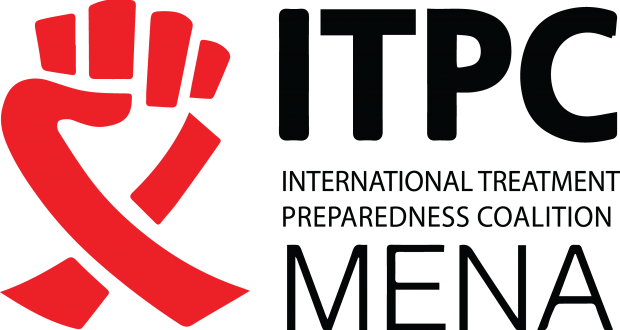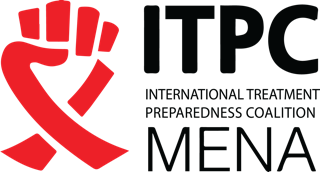
Global Fund Notifies Countries on 2017-2019 Allocations
For the 2017-2019 allocation period, the Global Fund adopted a refined allocation methodology to deliver the aims of its 2017-2022 strategy and to increase the impact of country programs that prevent, treat and care for people affected by HIV, TB and malaria and build resilient and sustainable systems for health.
The Global Fund’s 2017-2019 allocation methodology drives an increased proportion of funding to higher burden, lower income countries, specifically accounts for HIV epidemics among key populations, the threat of MDR-TB, and for malaria elimination efforts, while providing sustainable and paced reductions where funding is decreasing.
Country allocations are calculated using a formula that is predominantly based on a country’s disease burden and economic capacity, and are refined to account for important contextual factors through a transparent and accountable qualitative adjustment process.
In addition to country allocations, US$800 million is available for catalytic investments. Catalytic investments aim to catalyse the use of country allocations to achieve the aims of the Global Fund’s 2017-2022 Strategy and Global Partner Plans. Catalytic investments are comprised of matching funds to incentivize the programming of country allocations for priority areas; critical multi-country approaches; and strategic initiatives (such as the Emergency Fund) that are needed to support the success of country allocations but cannot be funded through country grants.










